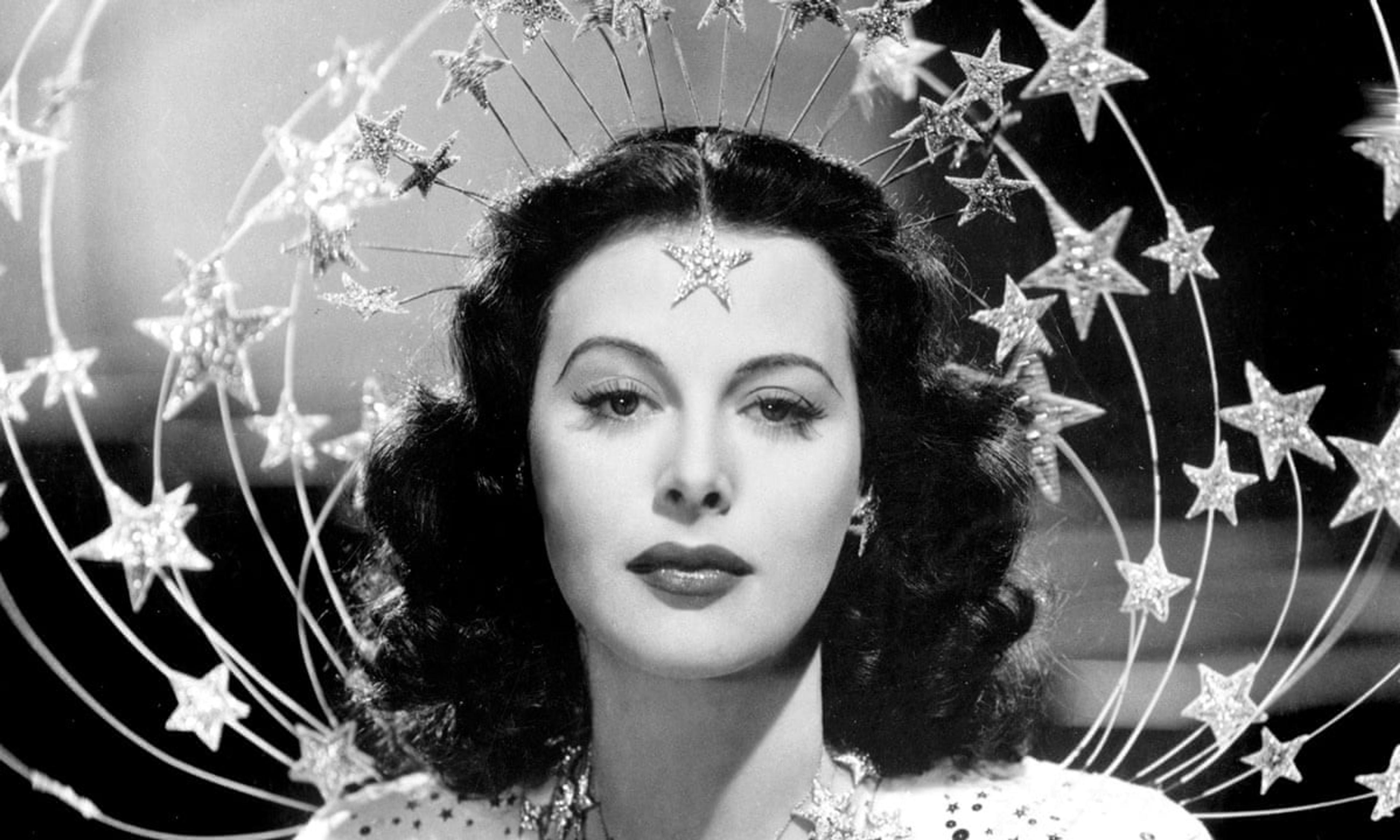We put this charm holder together from a golden fist made in the middle of the 20th century and a split ring from around 1880. It's a Frankenstein piece, as we say in the biz, perfect for holding all of your charms.
thedetails
- Materials
10k gold all (tests), new 14k gold chain
- Age
c. 1950 fist, c. 1880
Need more photos?
Send us an email to request photos of this piece on a model.

Aboutthe
RetroEra
1935 — 1945
Platinum was reserved for military use, so jewelers began relying heavily on gold and experimenting with colored alloys and different finishes. Retro jewelry designs are marked by asymmetry, motifs borrowed from industrial design, and exaggerated scale. Thanks to a hugely successful advertising campaign begun in the 1940s and funded by De Beers, the phrase “a diamond is forever” was coined and diamond rings were touted as the ONLY acceptable type of engagement ring. Carefully worded ads instructed men on how to choose a stone, and what to spend (“two months salary!”). The Gemological Institute of America developed the so-called “4Cs” of diamond grading, which was a scientific system for measuring the color, clarity, cut and carat weight of every single diamond. The costume jewelry industry, having only been established a few decades before, began to flourish. Centered in Providence, Rhode Island, and surrounding New England towns, companies like Trifari, Monet, Hobe, and Vendome prospered as consumers gobbled up inexpensive machine-made jewels.


